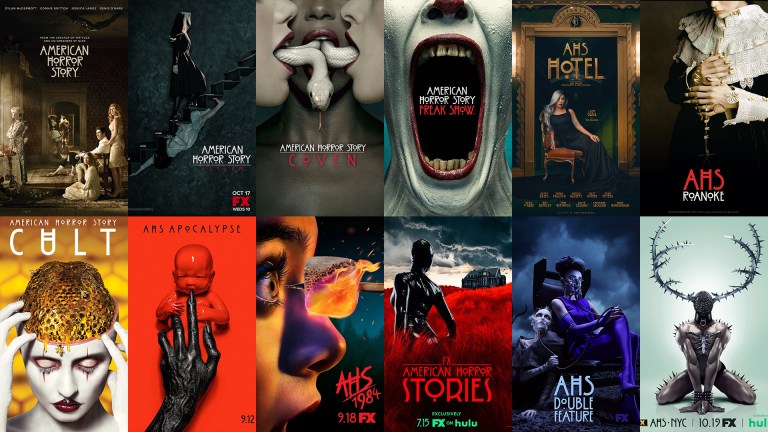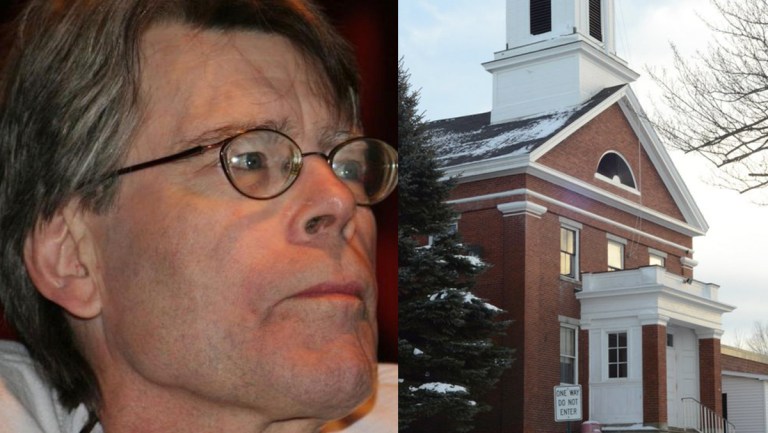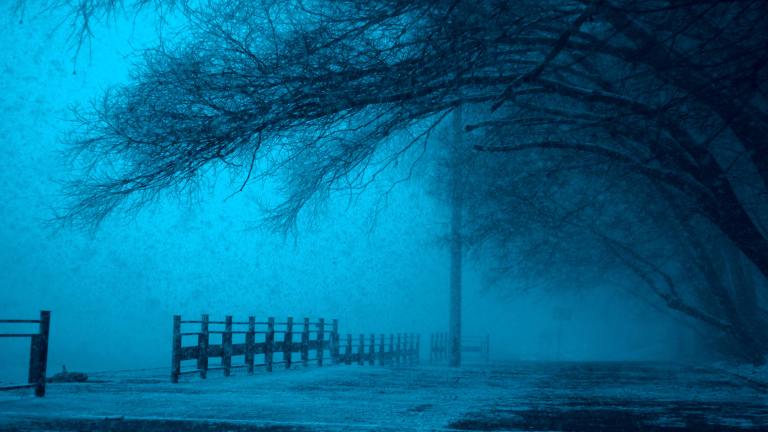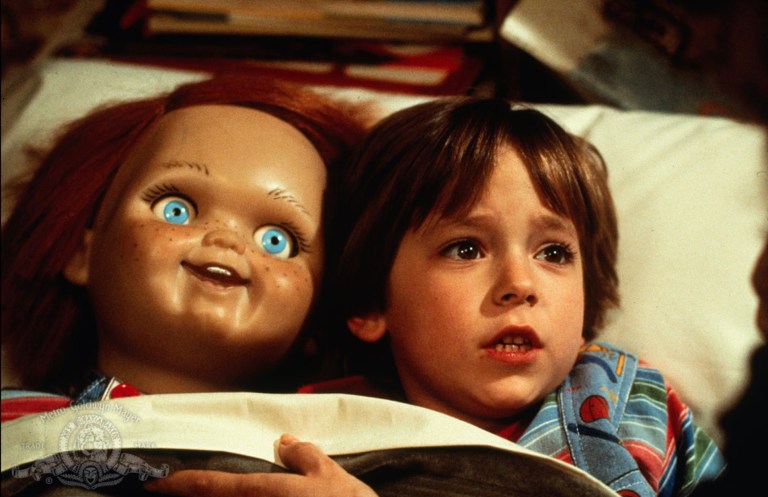
The Real Reason The US Has So Many Mass Shootings
More than anything else, the US media itself is at fault for such instances of mass carnage.
By James Swift

Every time a mass shooting takes place in America, things get decidedly more political for a while. On one end of the spectrum, liberals start decrying gun laws as the catalyst for US mass homicides, while conservatives point their fingers at violent movies and video games. And both sides turn to that glorious excuse above all other excuses—“It’s obviously mental health-related.”
Let’s examine the things that DON’T result in mass shootings:
Guns
Guns ARE components in all mass shootings in America, and there’s no denying that high-powered AR-15s likely make it easier for mass killers to quickly make a whole lot more dead bodies. But looking at overall US homicide statistics on average, more people are killed by intentional blunt trauma than by assault rifles, and a growing number of mass shooting incidents since Sandy Hook—including the recent six-corpse pile-up created by incensed virgin and spoiled piece of shit Elliot Rodger—have been perpetrated by assailants using more mundane handguns and rifles. (Rodger actually stabbed three to death and shot three to death, though this gets buried in the media narrative for some reason.) We can argue about whether or not assault weapons sales moratoriums or ammunition size limits would prevent mass deaths, but the reality is that so many firearms are already out there that a new assault-weapons ban probably wouldn’t do diddly, anyway. Statistically, the rate of mass shootings in the US has been shockingly flat since the 1980s; if you counted up all of the people who have been killed in mass shootings over the last 30 years, the cumulative body count will equal less than a tenth of one percent of the total number of murder victims in the US over the same time frame.
Mental Health
The same way only a microscopic percentage of the 30-40 percent of Americans who own guns commit mass homicide, a similarly teensy percentage of Americans with mental-health illnesses embark upon shooting sprees. Approximately a fifth of all US adults have some sort of mental-health diagnosis, and the percentage of Americans under age 18 with mental-health diagnoses is certainly even greater. At least 20 percent of US inhabitants have some sort of psychiatric issue, but 20 percent of the US isn’t running around gunning mass hordes of other people down, either.
Entertainment
Movies such as Natural Born Killers and video games such as Postal are frequently cited as catalysts for mass murder, but less than 10,000 Americans intentionally pick up a gun, intentionally target another human being, and intentionally murder another human being each year in America. Seeing as how the video-game industry generated $93 billion last year and North American box-office receipts alone topped $7 billion, that would lead one to think that a LOT of people out there enjoy themselves some shameless violence fests such as Grand Theft Auto and Iron Man. The number of individuals who actually embark upon mass shootings makes up an almost negligible portion of the total viewer and gaming audience.
The Breakdown of the Family
If the meltdown of the nuclear family had any sort of obvious correlation to mass shootings, it seems as if minorities would make up a large percentage of US mass shooters. However, the typical US spree shooter remains a white male who more often than not grew up in not only a two-parent household, but a relatively—if not considerably—wealthy one.
So with all of our tried-and-true scapegoats put out to pasture, what causes mass violence?
Well, we can start by blaming the shooters themselves. These are folks who grew to utterly hate themselves as people and then blamed those around them for their self-loathing. Ever the egotistical and paranoid sort, the aspiring mass shooter then finds personal empowerment through an indiscriminate hatred of all humanity; everyone is responsible for their failures except them. With their universally directed resentment taking over their lives, they decide to withdraw socially, becoming more invested in their own vengeance-filled thoughts. And then the moment hits them: “Holy shit, nobody thinks I’m important, and the world as a whole will never accept how great I think I am.” They soon fall into a deep depression, with mass homicide—more often than not, coupled with their own suicide—serving as their idealized liberation from existential insignificance.
The most intelligent response I’ve heard from anyone came from Dr. Michael Welner, head of New York’s The Forensic Panel. Mass homicide, he said, was nothing more than a conscious individual choice made by people who felt as if their personal grievances were worth a couple of unzipped body bags.
While talking heads in La La Land and lobbyists in DC keep droning on and on about assault weapon bans and Call of Duty, Welner tells us that mass shootings are preventable endpoints marked by a pathway of resentment, social isolation, and profound despair. People get mad at “the world” for slighting them, slink away into self-imposed seclusion, and after reaching a point where they feel as if they’ll never amount to anything, they begin to empower themselves through homicidal fantasies.
Welner is adamant that at every point along that continuum, opportunities for interventions are possible.
The formula couldn’t get any clearer here: hate + isolation + hopelessness = mass homicide ideation. However, there’s still a major component that’s lacking, that being, a decisive trigger that goads the individual from just thinking about killing a whole bunch of innocent people to actually planning to go out and kill a whole bunch of innocent people.
And this is where the media comes in.
In Martin Scorsese’s 1983 film The King of Comedy, Robert De Niro’s character—a delusional wannabe comedian—decides to kidnap Jerry Lewis and hold him hostage. In explaining why he chose to break the law and threaten another man’s life—which, in turn, granted him national renown—the character exonerates himself with the line “better to be king for a night than schmuck for a lifetime.”
If you’re looking for a reason as to why so many disenchanted, disillusioned, and discombobulated men ultimately decide to embark upon homicide sprees, that little punch line more or less explains the mass-shooting phenomenon as a whole. If you kill yourself, you’re just another forgotten footnote—but if you go out and kill a whole bunch of other people, though, you might just become a celebrity.
More than anything, the pursuit of significance is what led Adam Lanza, James Holmes, and Seung-Hui Cho to embark upon their fatal misadventures. In today’s always online, 24 hours-a-day cable news ecosphere, these murderous individuals know that if they kill enough people, they will never have to live in anonymity ever again. In one afternoon, they go from completely irrelevant weirdos to inescapable, omnipresent media icons; before the plasma they’ve spilled has even dried up, their faces are plastered all over CNN and MSNBC and Fox News and the websites for The New York Times and Newsweek. Concerned talking heads on Good Morning America and The View will squawk about “what drove them to madness,” as the killer’s visage is broadcast to every flat-screen television and computer monitor across the country. Even in maximum-security prisons or in the icy sepulcher, their names overshadow the communities they devastated. Columbine, Aurora, Newtown, Blacksburg—these towns’ legacies become inseparable from the legacies of the killers now, which is precisely what the killers have always dreamed of.
The importance that the media bestows upon mass killers, even posthumously, is why these mass shootings take place. An entire culture of death has arisen from the media complex’s morbid, sensationalistic celebration of mass murder, and mass killers such as Adam Lanza (the Ron Paul-worshiping, Bill Cosby-loving, committed vegan and probable pedophile he was) have begun literally gunning for “top score” when it comes to body count. The more people you kill, the media tells us, the more we’ll talk about you, the killer.
You don’t often hear about the victims of mass shootings in the media, nor do you hear about the true heroes that thwarted the killers from murdering even greater numbers than they already did. The media heaps all of its coverage on the life-taker and pays just superficial acknowledgement to the lives lost in such tragedies.
If we as a culture TRULY wanted to curb the number of mass shooting incidents that take place in America, we wouldn’t be pressing Congress for gun-law changes or mental-health funding alterations or video-game bans. Instead, we’d be pressing Congress to prevent the media from reading the names or showing the faces of the murderers who commit such heinous acts of violence on air or in print.
I’m sure the same industry that’s always telling us what the best measures to uphold public safety are would gleefully forgo the insincerely maudlin TV specials to boost ratings or refrain from publishing the exploitative “tell-all” interviews to increase their hit counts and circulation numbers, no?
Ha. Those police sirens and terrified screams might as well be the sounds of cha-chinging cash registers to America’s “journalistic” titans. What’s tragic to the rest of society is their business opportunity, and as long as bullet-riddled children and gory crime scenes prove lucrative, such needless blood-spilling will remain a permanent element of the American experience. ![]()











